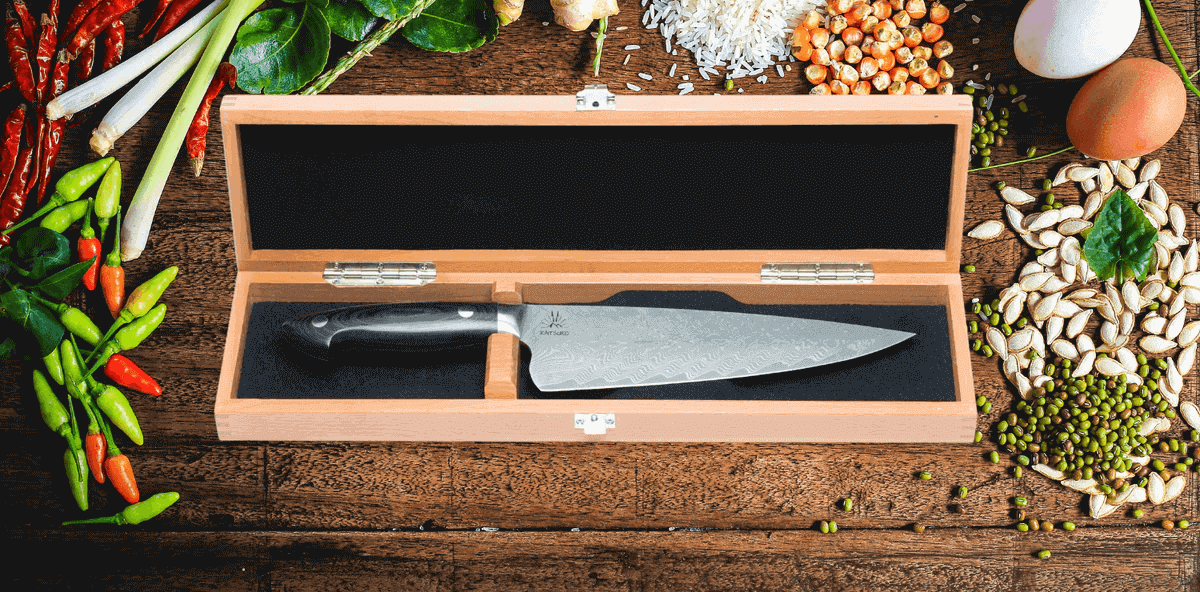The whole history of Damascus blades
From ancient origins to know-how
The first Damascus steel blades were produced in India and the Middle East from wootz steel, which was developed in India. This is a steel that is particularly rich in carbon. Blades produced using this steel have unique, sublime moiré patterns created by the crystallization of the metal. It is these patterns that, in addition to the intrinsic quality of the material, have contributed to the reputation of the Damascus steel blade.
During the Crusades, the Franks praised these blades which seemed indestructible to them. However, production was interrupted in the 17th century due to the exhaustion of resources, the weak transmission of know-how which was kept too secret, and supply difficulties. In the 19th century, progress in metallurgy allowed this know-how to be revived through the work of an inspector at the Paris Mint Office: Jean-Robert Bréant.
A leading manufacturing technique
In its modern artisanal version, Damascus steel is produced by superimposing different steels, more or less hard, more or less rich in carbon, hence its name: "multi-layer steel". The decorations are no longer the result of crystallization but are the intentional result of the blacksmith's work.
He generally works from two or three types of steel (hard, soft, carbon , nickel, etc.), which he selects based on aesthetic and technical considerations, and which he hot welds by successive hammering: this is the wrought iron technique.
Once the planing phase is complete, it is time to reveal the patterns. To do this, a product, usually acid, is applied to the Damascus steel blade. Since the steels are different, the acid will not act with the same intensity on all of them and it is this difference in intensity that will reveal the patterns.
An industrial version: Powder metallurgy
Damascus steel is now also produced industrially using powder metallurgy. This is a recent technology based on ancestral know-how. The steel obtained is no longer made by melting different steels but by sintering: a powder (or a set of powders for Damascus) is heated to bring it to fusion, as the first potters did!
This technology makes it possible to create Damascus steels with an extremely fine and regular grain, with very varied and controlled decorations.
Why buy a Damascus steel blade?
Regardless of the manufacturing method, Damascus steels first and foremost exhibit unique patterns that alone are an excellent reason to own one of these blades.
On the technical and functional side, Damascus blades are also rich in carbon, which gives them increased resistance and exceptional sharpness, appreciated in the kitchen, at the table...or when hunting!
This article is about Damascus blades in general and not those sold on this site.







What is Damascus steel? Why choose knives made of this steel?
Take part in our big competition!